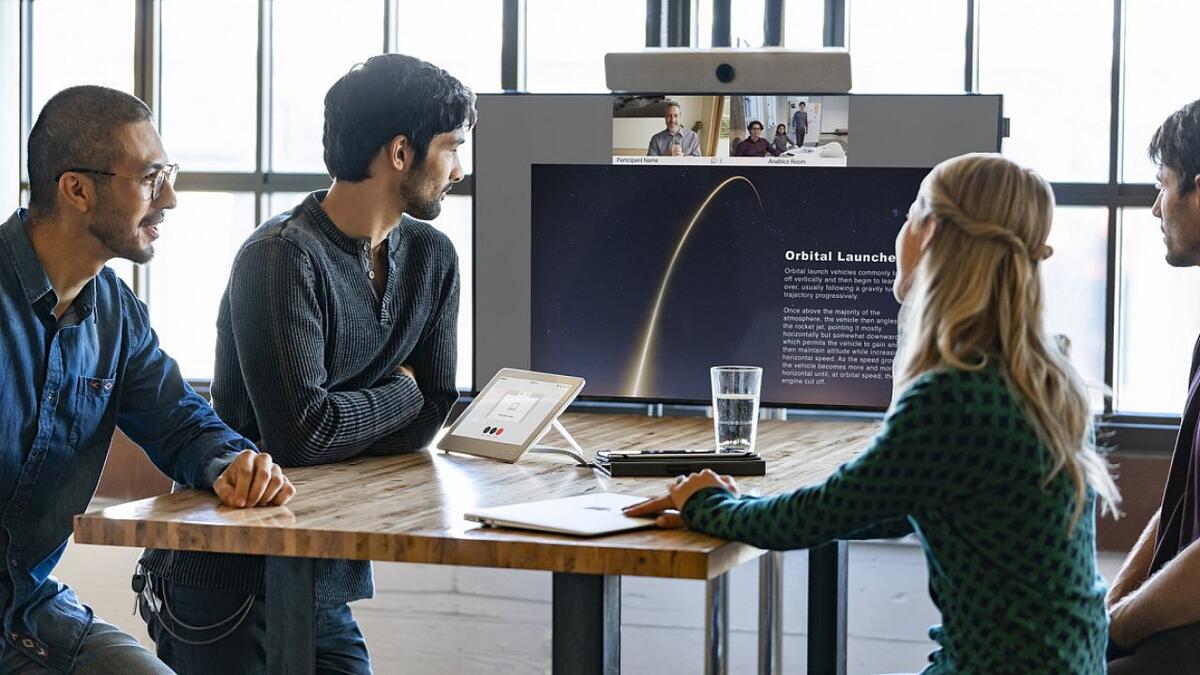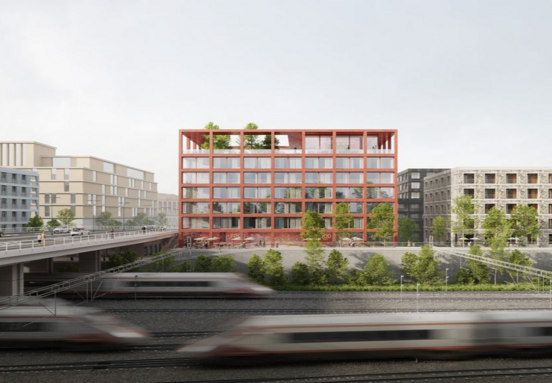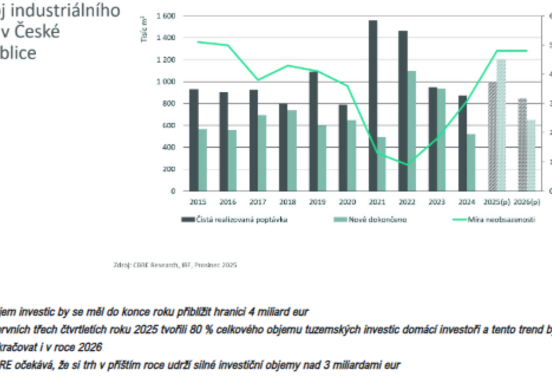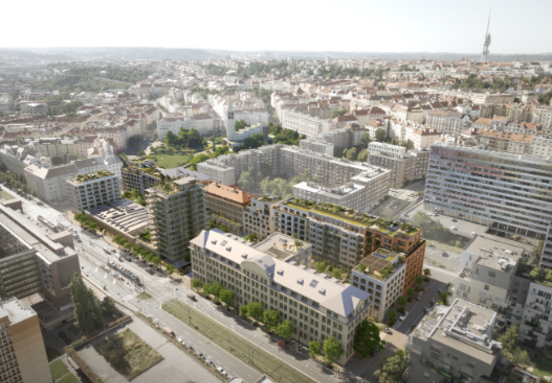The hybrid job model was originally used to gradually facilitate the return of employees to the office, but its popularity continues to grow - more and more companies are considering introducing it permanently, or have already done so. "As a result, companies need fewer seats in traditional offices, but they need more meeting rooms because they go to work mainly for meetings. The concept of hot-desking is used more often, because it is not necessary to reserve one's own seat for everyone, when they use it, for example, only two days a week. But the question arose as to how to plan office capacities and how to measure their occupancy, ”said Dominik Soukup, a wireless networking expert at Cisco.
The wireless network measures office occupancy and air quality
Corporate Wi-Fi networks have offered unconventional solutions to office capacity problems. They can determine the number of connected devices in a given place during the day and thus derive the number of people present. It is possible to find out when it is overcrowded or, conversely, the capacity is unused. According to these data, it is possible to plan the capacity of offices and meeting dates in meeting rooms, as well as, for example, further investments in their expansion.
The data from the network converges in the DNA Spaces application, which displays it in clear dashboards. Cisco expert explains the other magic of corporate Wi-Fi when it connects to other technologies: “It is possible to connect data from security cameras to DNA Spaces, which can count objects moving in different spaces. This will further refine the statistics of the persons present. By connecting a Cisco Webex video conferencing device, you can also monitor the air quality in individual meeting rooms and, for example, increase air conditioning performance when it is exhaled after a large meeting. Such sensors are also built into the new Cisco Wi-Fi 6E access points, ”says Dominik Soukup. And other third-party sensors can be connected to the entire ecosystem.
For safer spaces and more efficient operation
"After a pandemic, many companies have defined their own rules on how many people can be in one common area to reduce health risks. DNA Spaces allows you to monitor these rules, but also offers other benefits that reduce companies' office costs. For example, you can plan the cleaning of the premises according to the obtained statistics - if there are a minimum of people in the office on Friday, there is no need for such a cleaning capacity. It is similar with the consumption of electricity for air conditioning or lighting of common areas. Each such item has the potential for financial savings, "says Dominik Soukup. The obtained data can also be used in the company's application for hot-desk planning, which, for example, employees will recommend a deadline for working in the office.
Cisco offers a hands-on exam
Cisco is currently offering companies the opportunity to participate in a pilot test of the Smart Workspaces program. In this way, they can practically try out how the optimization of business premises works, what data they can obtain and how to use it efficiently. "Joining the program is relatively easy, because Czech companies usually already have the necessary infrastructure and no further investment will be needed. Everyone can try out how to turn their offices into smart spaces where hybrid work works effectively, "concludes Dominik Soukup.
Cisco DNA Spaces clearly displays information on office occupancy or air quality.







